The Japanese believe that table manners are more important to their culture than the food itself. While they do not necessarily use matching sets of dishes, the Japanese carefully select bowls and dishes of different materials to create careful harmony between the ingredients, the meal, and the plates themselves. Some restaurants in Japan have low tables called chabudai ranging in height from 15 cm to 30 cm. They use cushions on tatami mats instead of (or in addition to) western-style chairs and tables. Shoes and slippers have to be removed before stepping on tatami.
Japanese Ichiju-Sansai
Ichiju-Sansai is the basic style of a Japanese meal. Ichiju-Sansai consists of rice, soup, a main dish, and two side dishes. Each dish has a specific role to play. Rice is a staple food and provides the carbohydrate, which is the source for energy. Soup can be miso soup or Japanese broth (osuimono.) It gives moisture and vegetables. The main dish is fish or meat. It gives protein. The two side dishes are present to cover other nutrients like vitamins, minerals, and dietary fibres.
Chopsticks sit horizontally (i.e. parallel with the edge of the table) in front of your tray, plate, or bowl; facing left. Many people take a bite of the main or side dish; then eat a little rice, followed by a sip of soup straight from the bowl ( the soup isn’t usually eaten with a spoon). A little rice is saved until the end of the meal, and is eaten with the pickled vegetables.

Setting the Table, an exploration of eating rituals across cultures that goes far beyond four legs and a surface.
Let’s grab a (virtual) cup of coffee and chat about working together. Contact us.

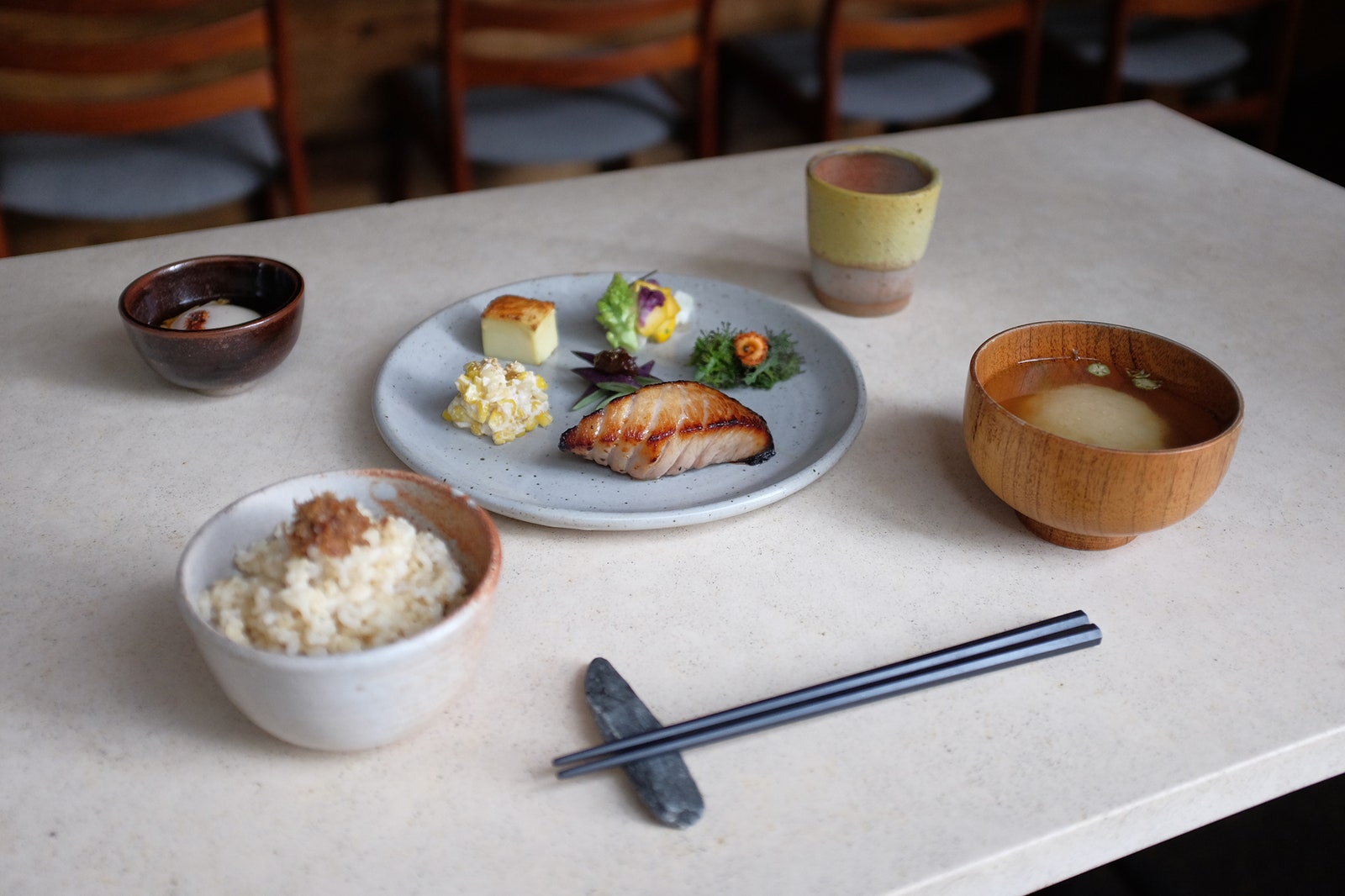
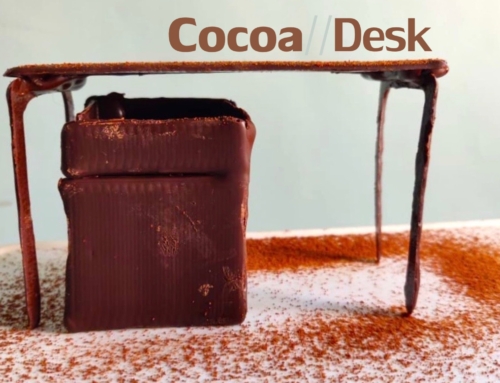
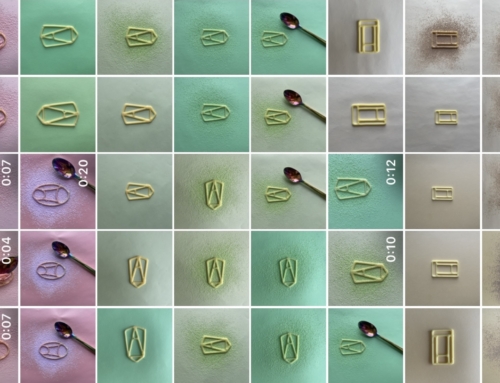
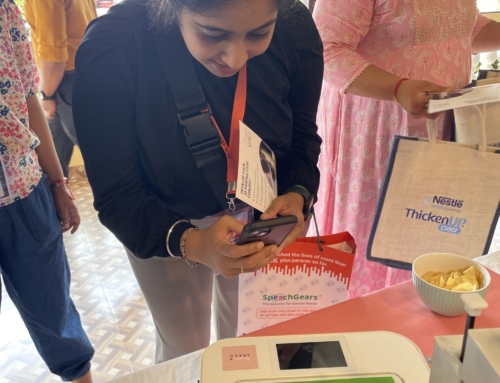

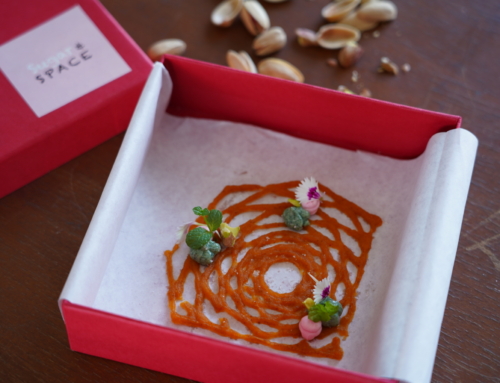

Leave A Comment